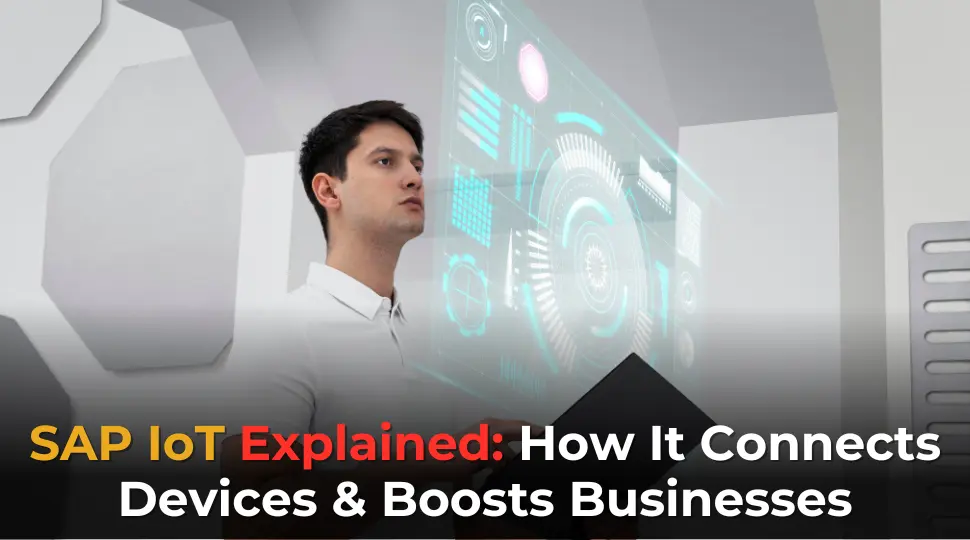Introduction


Imagine a world where computers communicate with one another, anticipating breakdowns before they occur, reducing downtime, and optimizing efficiency. That is what SAP IoT does! This book is all about how to learn how SAP Internet of Things (IoT) is transforming industries by making them smart, networked, and highly automated.
Whether you’re in manufacturing, healthcare, or logistics, SAP IoT helps businesses make real-time data-driven decisions, enhancing productivity and saving tons of money. But how does it work? Let’s break it down.
SAP IoT is merely SAP's manner of bringing Internet of Things (IoT) into the enterprise. SAP provides IoT devices with access to SAP Cloud and SAP S/4HANA whereby companies can capture and analyze data in real time.
SAP IoT transforms industries by removing mundane work and replacing guesswork with real-time insights. Instead of waiting for machinery to fail, SAP IoT predicts machinery failure before it happens, saving companies millions in downtime and repair.
IoT is not a flash-in-the-pan phenomenon. It's actually transforming industries. Here's why businesses are adopting SAP IoT:
Legacy systems are cumbersome and time-consuming. SAP IoT enables companies to process information in real-time, thereby making operations quicker and responsive.
✔ Detect failures beforehand
✔ Maintain only (and not on a fixed time basis)
✔ Avoid machine downtime and repair expense
✔ FMonitor inventory, shipments, and warehouses in real-time
✔ Rationalize logistics and minimize wastage
✔ Enhance customer satisfaction through timely delivery
SAP IoT runs on some extremely terrific building blocks together that make organizations intelligent organizations:
✔ Tiny but astounding sensors are deployed to take note of data relative to temperature, pressure, movement, and tons more.
✔ SAP Leonardo is the intelligence behind SAP IoT. It enables businesses to process gargantuan volumes of data and make use of artificial intelligence for automated decision-making.
✔ SAP IoT is cloud-enabled, which means it is scalable, flexible, and secure. Data can be accessed from anywhere around the world.
SAP IoT is not for technology companies only—it's changing many industries:
SAP IoT is no hype—this is the future of business. Device connectivity, automated processes, and intelligent decision-making can help cut costs, enhance efficiency, and gain competitive edge.
SAP IoT is enterprise-grade with in-built analytics and automation.
Yes! SAP IoT scales up or down based on business size.
SAP IoT supports IoT-enabled sensors & cloud connectivity.
SAP provides best-in-class encryption, authentication, and firewall protection.
Start with pilot projects, roll out incrementally, and train staff to ensure smooth implementation.
